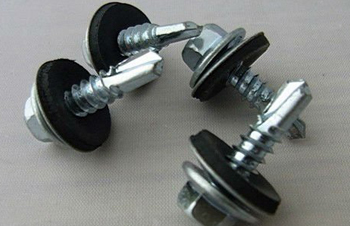TEK SCREWS - SELF DRILLING
HEX WASHER HEAD = t/1, t/2, t/3, t/4, t/5 stalgard, climaseal, zinc coated.
DRIL-FLEX = structural self-drill screw 3/4"-4" stalgard grade 5.
BI-FLEX = 300 series bi-metal self drill 3/4"-8" highest corrosion resistance.
PANCAKE CLIP FASTENERS = low profile 3/4"-2" stainless or coated.
PHILLIPS FLAT SELF-DRILLING = zinc coasted 1/2"-6" undercut, wood to metal.
TAPFAST = (metal to wood) all flex, alumiflex.
How (and When) To Use Tek Screws. They're cost-effective, and when done right, easy to use. Here's how to know when (and how) to use them. Ditch the drill. With Tek screws, you won't need it. If you've worked in the electrical industry, you're probably already familiar with Tek screws. But if not, we're here to clarify.Tek screws are a great way to remove some extra steps and reduce the time it takes to complete a project.
That's because they drill, tap and fasten without using a drill. The tip of a Tek screw is called the drill tip. There's a small carving piece at the end of the screw that's used to make a small hole in a surface by first tapping the screw against the surface before driving it in. This not only makes for a better starting point for drilling the screw, but it also saves time by getting rid of the need to drill a hole before putting in a screw or waiting for the thread to catch.The name Tek is actually a brand of self-drilling screw, but has now become synonymous with the style of screw.
Much in the same way you might Xerox something to copy it. Whatever the case, Tek screws are quickly becoming essential hardware for any toolbox. There are several options in Tek screws. They will vary by size and type to facilitate projects requiring a pre-drill hole.Different sizes
The size will vary similar in the same way size varies for an actual drill. Tek screws are identified by the size of the drill tip. The length of the screw and the type of tip will be dictated by the thickness of the material being used.Different types
Again, just as with other screws, Tek screws come in a variety of types. Head styles include:- flathead
- hex washer head
- wafer head
- pan
- head





